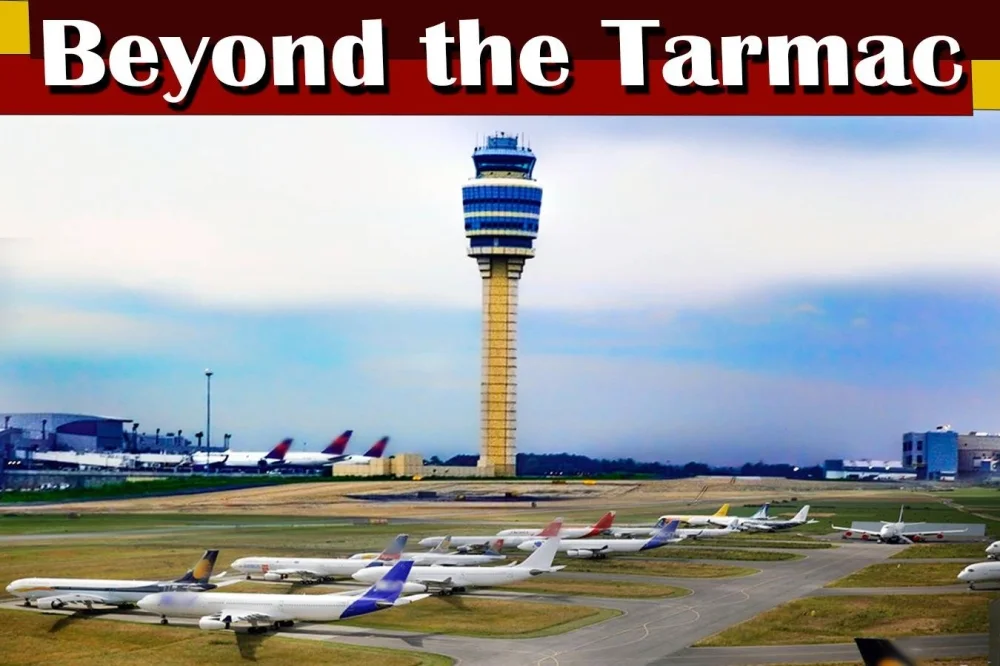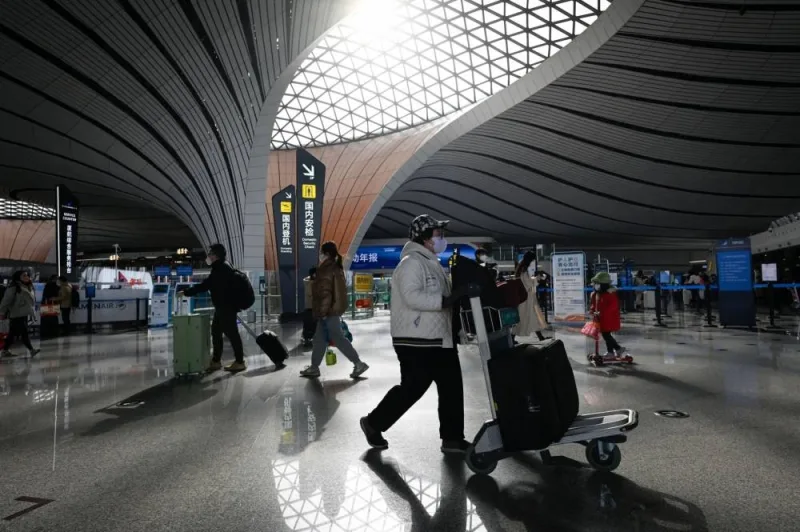
With passenger numbers expected to double by 2040, the focus has once again turned to aviation infrastructure on the ground.
Airports around the world have experienced increasing passenger numbers over the years, driven by factors such as population growth, economic development, and the growing accessibility of air travel. This has led to congestion at many airports, particularly those in major cities or popular tourist destinations.
Already, in summer 2022 there were issues with congestion at key nodes in the air transport network.
Both London Heathrow and Amsterdam Schiphol were forced to limit flights, for example, according to International Air Transport Association (IATA). In fact, the majority of the top 100 airports are expected to be capacity-constrained by 2030.
The demand for air travel is projected to grow significantly in the coming decades, especially in regions like Asia and Africa. This growth could put additional strain on airport infrastructure and operations.
To address this issue, airport authorities and governments will have to invest further in expanding and upgrading airport infrastructure, implementing advanced technologies, and adopting more efficient air traffic management systems.
With new airports few and far between, especially in mission-critical cities, the industry’s only option to accommodate demand is greatly improving passenger facilitation through the existing airport footprint.
"Automating manual processes and even moving them off airport will be integral to the success of this initiative," IATA noted.
“The main reasons passengers need be checked by airline, airport, and border control agents are for identification, access control and travel documentation checks, such as confirmation of a visa,” points out Alan Murray Hayden, IATA’s director (Airlines, Airports and Security Operational and Compliance Solutions).
“But many of these procedures can all be pushed off airport through a combination of 'Timatic' and contactless travel as stipulated by IATA’s One ID initiative,” Hayden says.
As early as next year, the International Air Transport Association will roll out an upgraded version of Timatic is a one-stop verification platform that enables airlines to confirm whether a passenger is eligible to fly.
Pre-pandemic, more than 700mn passengers per year had their passport details, visa requirements, and other travel-related documentation checked by Timatic.
According to IATA, Timatic is integrated in almost all airline departure control systems as part of their check-in process, making it an essential element in speeding up passenger processing times and improving throughput.
Typically, about 85% of passengers are green-lighted for travel with various issues red-flagging the remaining 15%. And the whole process is virtually instantaneous, from the latest government requirements being inputted to the outcomes of passenger checks.
The new version of 'Timatic AutoCheck' is expected to deliver an improved passenger experience, more efficient operations, and reduced costs.
“Before, a passenger trying to check-in online might just have received a note asking them to see an agent,” explains Murray Hayden.
“There would have been no explanation, and the situation would have to be resolved at a counter just prior to the flight, causing queues and anxiety.
“Now, a passenger will get explicit information about a problem in clear, conversational language and they will have the ability to upload a visa or other details that will allow them to pursue an automated process.”
In turn, check-in staff are freed up to deliver more value-added services and there is less likelihood of mistakes being made due to time pressure. Airlines avoid costly fines as a result.
Contactless travel, encapsulated by the ‘One ID’ initiative of IATA, is the second crucial element in facilitating increased passenger throughput and processing speed without expanding the airport footprint.
One ID will bring multiple benefits to all stakeholders. Passengers will have a much-improved travel experience and no longer need to juggle between different documents.
By having the opportunity to share the minimum data necessary with airlines, airports and governments prior to departure, passengers can arrive at the airport ready to fly and can pass all airline touchpoints using biometrics. Queues and repetitive documentation checks will be consigned to the history books.
One ID will also enable significant cost savings for airlines and free up staff for value-added services, bringing further commercial opportunities. And governments will benefit from strengthened border control thanks to pre-travel, quality data.
Industry experts say the ability of airports to handle increasing passenger numbers and avoid congestion will ultimately depend on the proactive measures taken by airports, governments, and the aviation industry as a whole to address the challenges posed by growing air travel demand.




